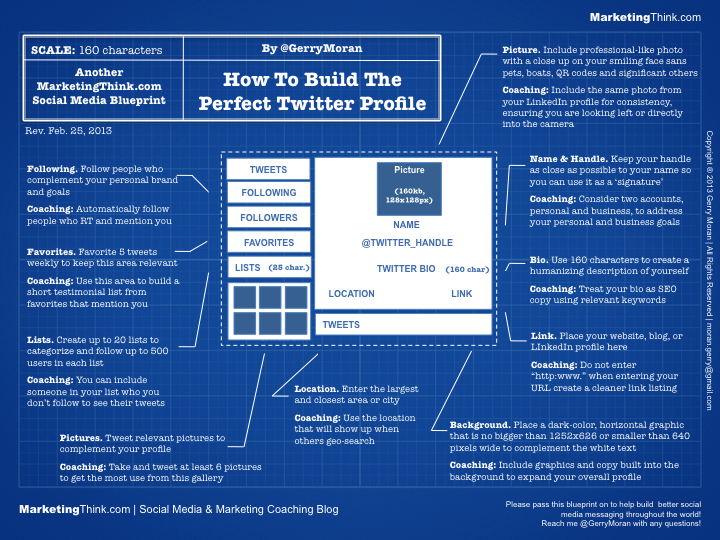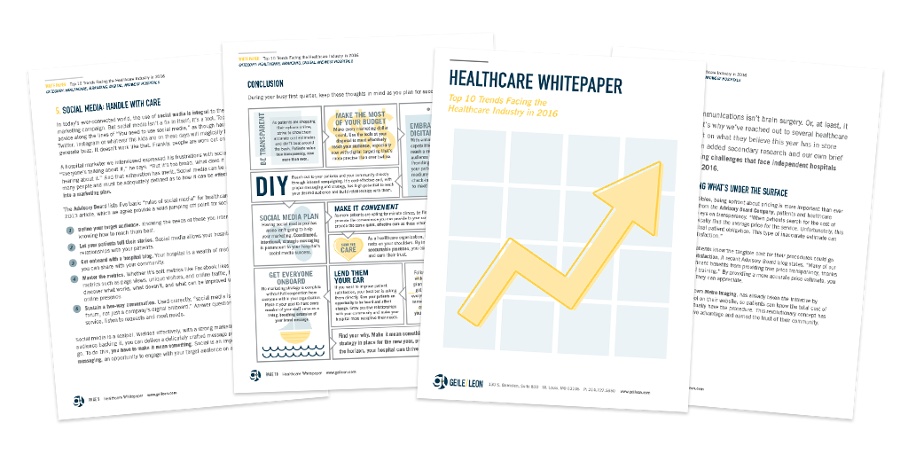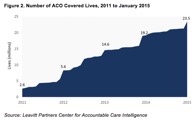Years ago businesses would’ve paid top-dollar to be in the room engaging with their target audience, listening to their needs and wants, and (hello!) responding to them. Twitter and social media are as close as we’ve gotten so far.
I first heard that mentality a few years back from social media advocate, Scott Stratten. So, how does this translate to brands today? Twitter in the B2B space is imperative and ever-lasting, providing opportunities that are beneficial to your brand’s identity. 
Facebook was an easy transition because, for so long, it stood alone. It gave social media ‘outsiders’ the ability to learn at their own pace. Now we have Google+, Instagram, Vine, etc. It can get overwhelming. But, the one I hear to be the most challenging (but oh so prevalent) is Twitter. If I had a quarter for each time I heard “I just don’t get it” – well, I’d be on a private island (tweeting, of course).
While it can be intimidating to those who are unfamiliar, especially as a business, Twitter in the B2B space is important, and you need to participate. Sorry to bring down the hammer, but no more holding back! Here are a few steps I suggest when approaching Twitter:
Immerse Yourself:
Don’t knock it ‘til you try it, right? You must immerse yourself in the platform to see its worth. Research the ins and outs of Twitter, watch a few videos, read a few blogs. Learn what a tweet, retweet, favorite, list, reply, etc. is all about. But, always remember the most valuable social media lesson – LISTEN. Watch and listen, and things will start to make sense.
Set Goals:
How can you measure success without setting goals? Determine what you’re ultimately trying to do with a presence and participation on Twitter. If we’re talking B2B, I think it’s safe to assume it’s to garner more sales, correct? How many more? What’s important to you? Your business? Your brand? Think big picture, and then we’ll get to the strategy.
Make a Plan:
To me, this is still very different than setting goals. This is how we’re going to get there. This plan may very well be tiered. It could include: establishing an identity, working toward increasing your brand’s awareness, targeting the folks you want to connect with, providing valuable information to your targeted audience to create authority, being human and not just a robotic sales-hungry account. Goals are far easier to reach if you know how to get there.
Start Talking:
Jump in! Now that you have the steps in place, you need to start conversing. If you’ve targeted the folks you hope to begin a relationship with, start replying to things they have to say. Prove that you have something valuable to say as well. The easiest way to ramp up your identity on Twitter is to get comfortable and show that you want to be there. Why you are there will come through in your content.
Do I believe there is a place for every business on Twitter? It’s debatable. But social media is ever-evolving, as is your audience. So, do yourself a service, and be prepared. Be goal-oriented. Be proactive, not reactive. Make a stand for yourself. Prove that you belong, and that you are the valuable authority in your industry. This is your chance. Twitter is your platform. Hop up there and take advantage of it.
Don’t know where to start? Follow us on Twitter or contact us using the form below and we’ll get you acclimated.
[gl-hs-cta cta_id=’c863a08c-3579-4901-9c86-448c31e3a81a’]


